Climate Change Science: A Modern Synthesis
$179.99
ISBN: 9781645342328
Binding: Hardcover
Year: 2025
Pages: 173
Author: Dariana Howell
Book Size: A4 (8.9 X 12.3)
Climate change science is a vast and complex field that seeks to understand the causes, impacts, and potential solutions to the changes happening in our climate system.
The Earth’s climate has always experienced natural variations, but the current changes we are witnessing are largely driven by human activities. The primary driver of climate change is the increase in greenhouse gas concentrations in the atmosphere, primarily carbon dioxide (CO2) from burning fossil fuels and deforestation. These gases trap heat radiating from the Earth’s surface, leading to a phenomenon known as the greenhouse effect.
Scientists study climate change using a variety of methods, including direct observations, paleoclimate data, and computer models called climate models. These models simulate the interactions between the atmosphere, oceans, land, and ice to project future climate scenarios. They help us understand the complex mechanisms that shape our climate system and make predictions about how it might change in the future.
The evidence for climate change is overwhelming. Scientists have observed rising global temperatures, melting ice caps and glaciers, rising sea levels, and more frequent and intense extreme weather events such as heatwaves, hurricanes, and droughts. These changes have wide-ranging impacts on ecosystems, agriculture, water resources, and human health.
One of the key challenges in climate change science is separating natural climate variability from human-induced changes. Through the study of paleoclimate data, scientists can reconstruct past climate conditions and compare them to the present. This helps to establish the role of human activities in driving the observed changes.
Climate models are crucial tools in understanding future climate scenarios. They incorporate various factors such as greenhouse gas emissions, solar radiation, aerosols, and land use changes to simulate different climate outcomes. While models have uncertainties, they consistently project that without significant reductions in greenhouse gas emissions, global temperatures will continue to rise, leading to more severe impacts.
Mitigating climate change requires reducing greenhouse gas emissions and transitioning to cleaner energy sources. This involves actions such as increasing energy efficiency, adopting renewable energy technologies, and promoting sustainable land use practices. International agreements like the Paris Agreement aim to limit global warming to well below 2 degrees Celsius above pre-industrial levels and pursue efforts to limit it to 1.5 degrees Celsius.
Table of Contents
Only logged in customers who have purchased this product may leave a review.

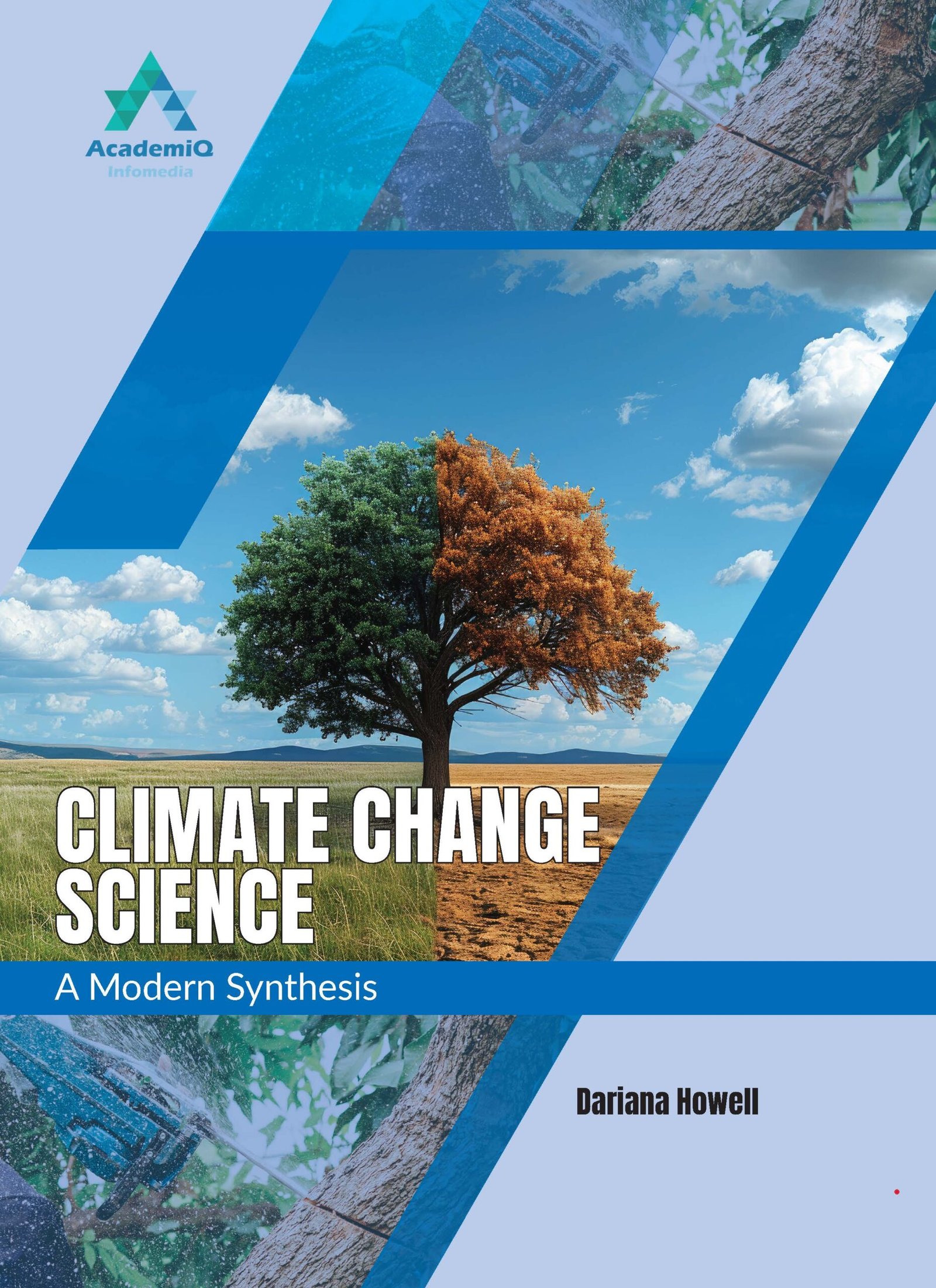

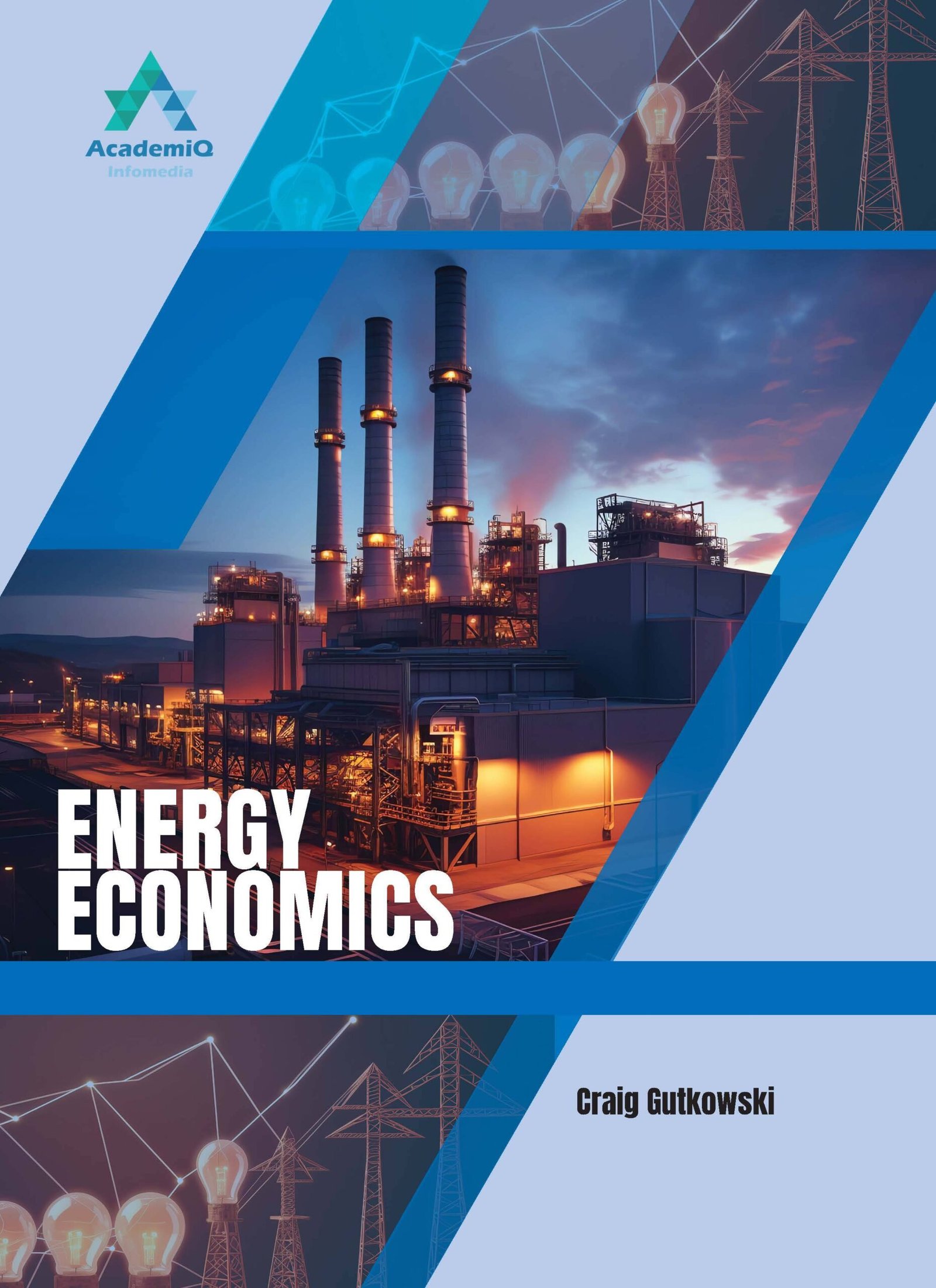
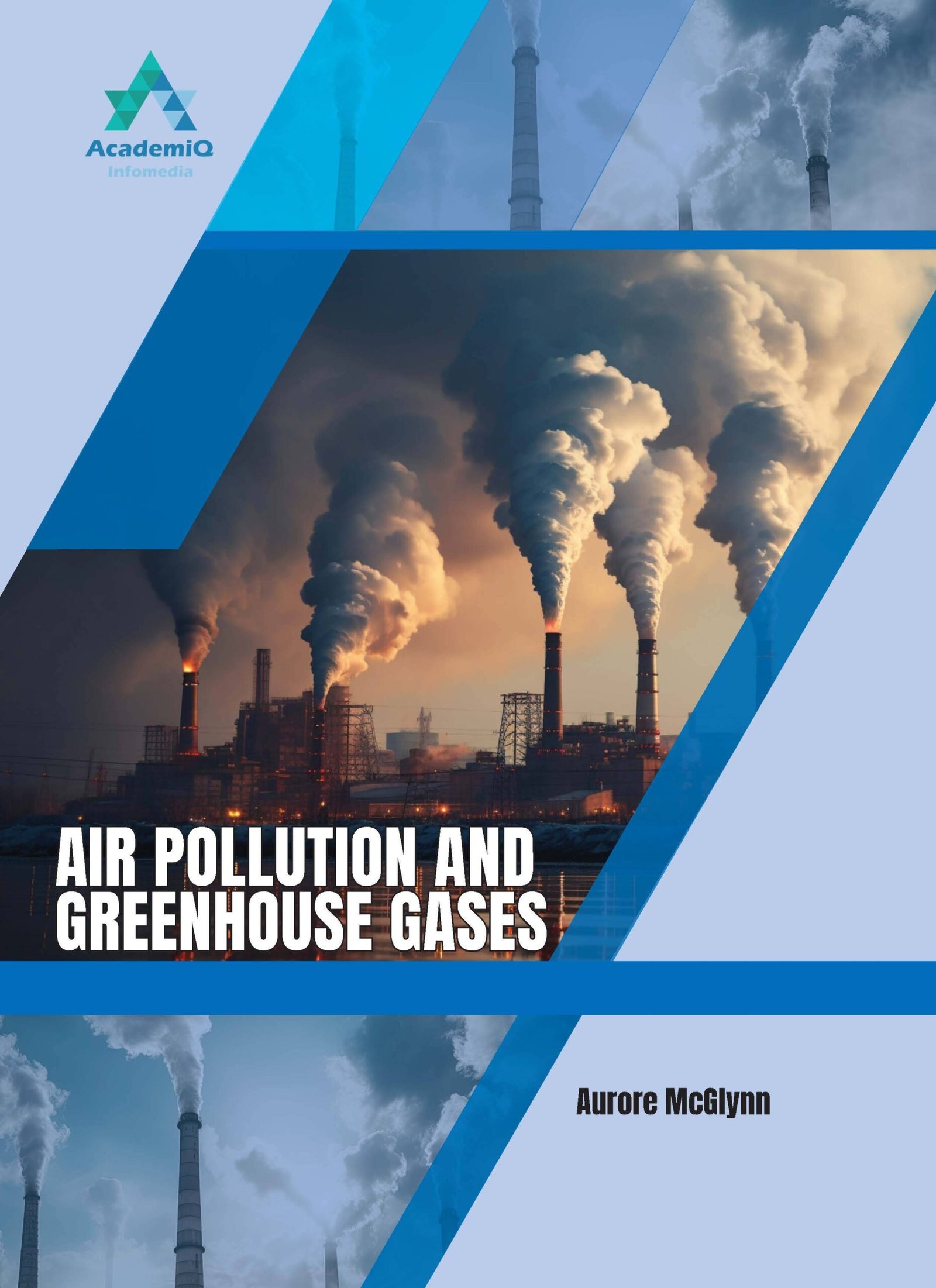
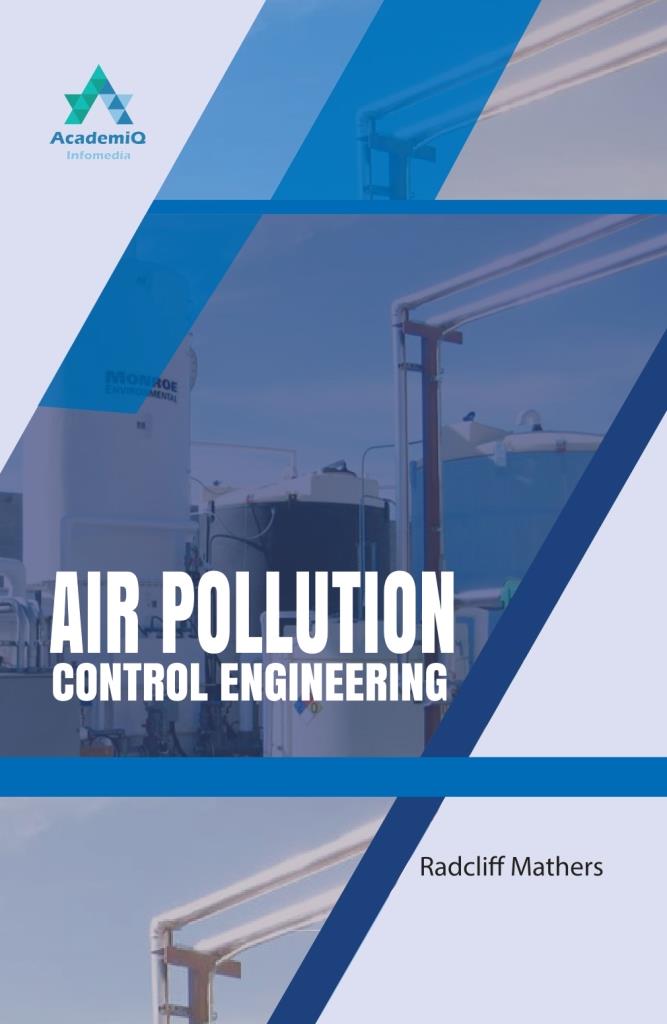
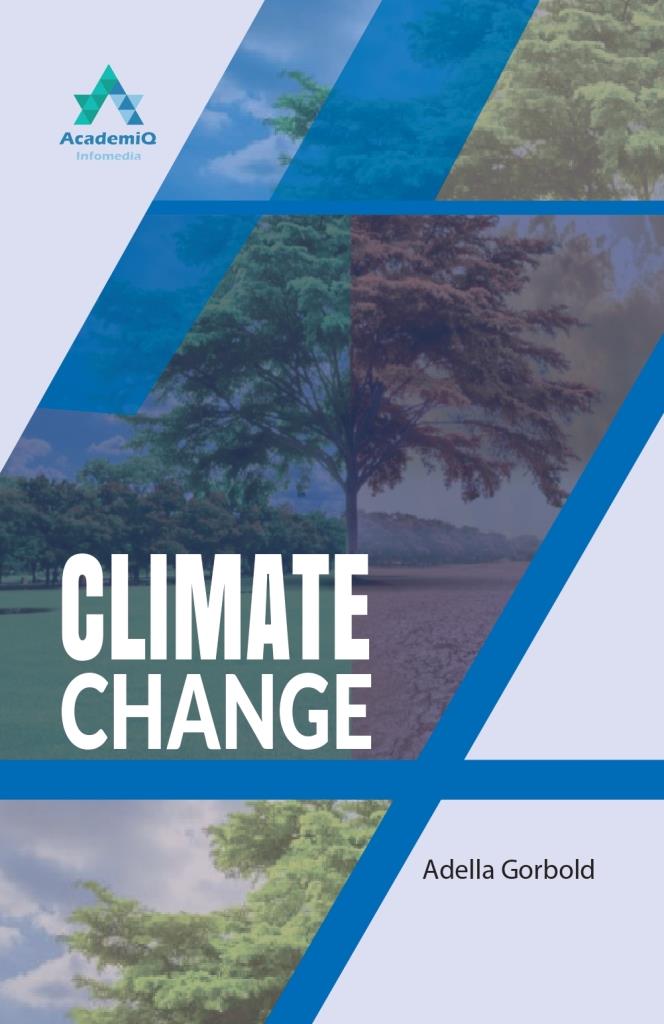
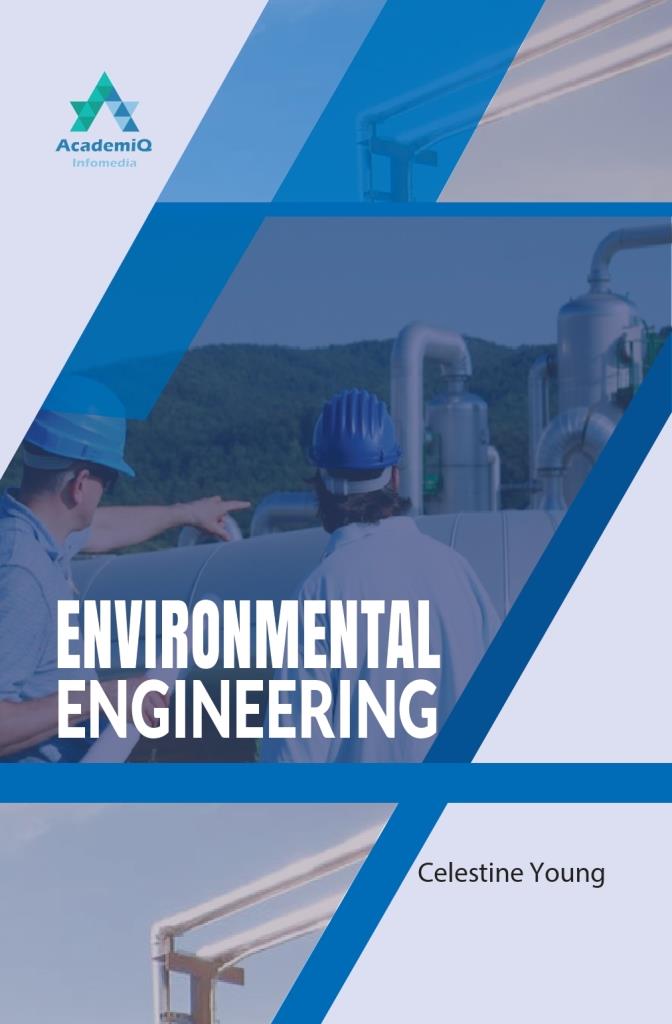
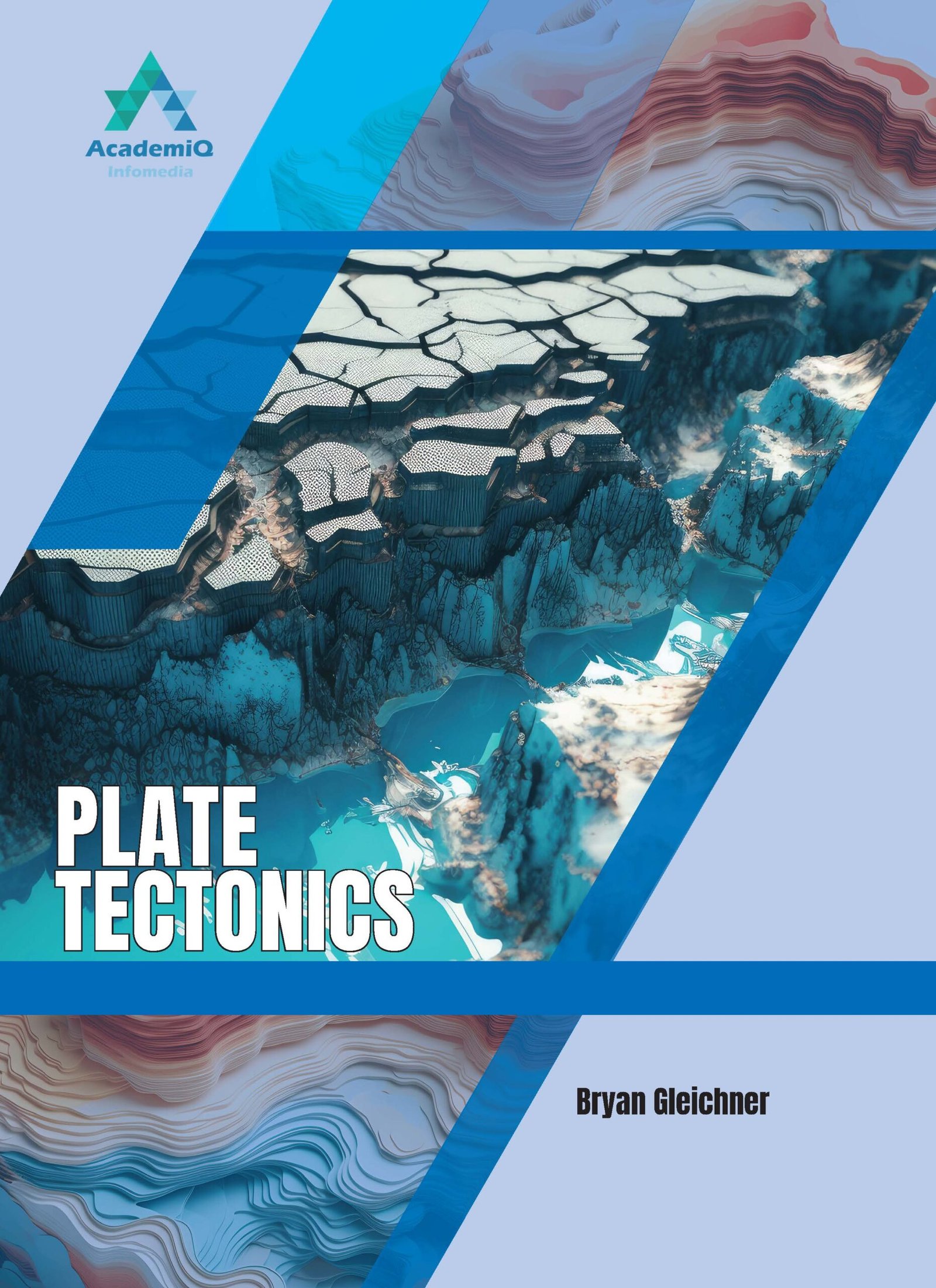
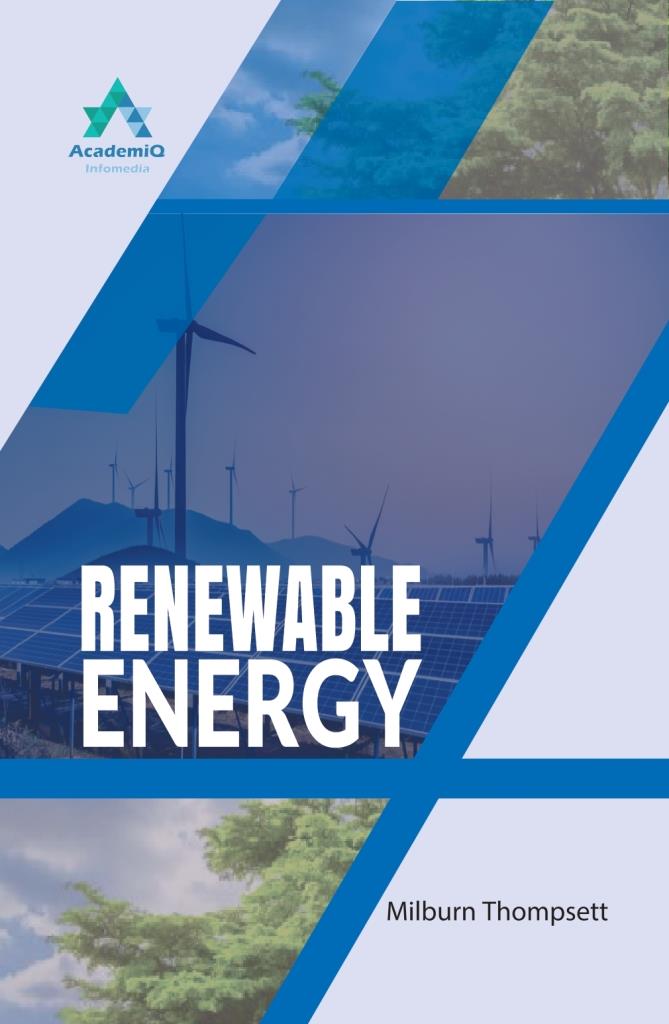
Reviews
There are no reviews yet.